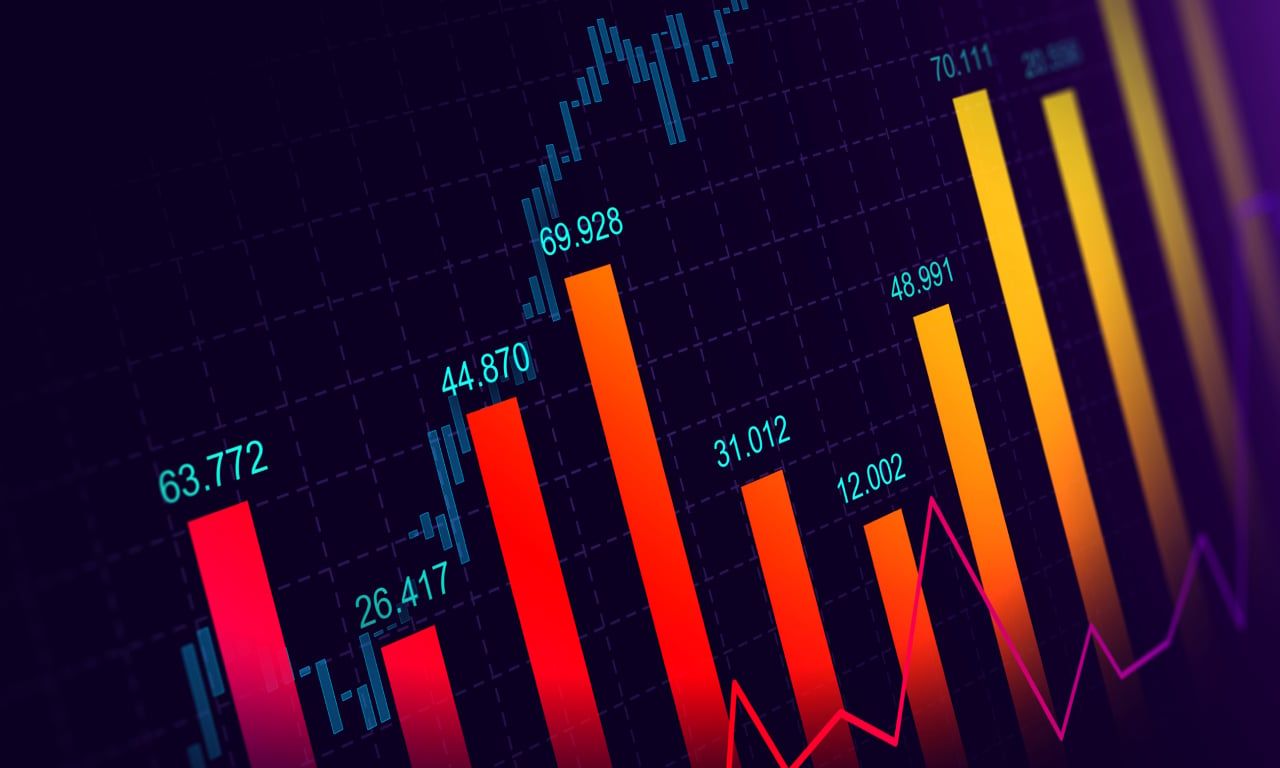This post was originally published by Deriv on 3 Feb 2022.
Forex live trading is short-term and fast-paced online trading on the foreign currency exchange market. This market is commonly known as forex or FX, and it is the world’s biggest and most popular financial market.
Although forex trading happens mostly online, you’ve most likely made an offline forex transaction a few times in your life too. For example, when you travel to another country, say the United States, you need to convert your home country’s currency into USD. When you do this, the exchange rate between the two currencies determines the USD amount you get for your local currency. The forex rate fluctuates continuously and is based on the supply and demand of the currencies.
In simple terms, forex trading means buying one currency and selling another at the same time; this is why you always see them quoted in pairs. For example, EUR/USD and GBP/USD. The first currency in the pair is the one you buy, and the second is the one you sell.
Which forex currencies can I trade on Deriv?
Online forex trading, just like the offline version of it, involves trading on currency pairs.
There are three main types of currency pairs:
- Major pairs — the world’s most widely traded currencies paired, e.g. GBP/USD or EUR/GBP
- Minor pairs — less liquid currency pairs, e.g. NZD/USD or AUD/CAD
- Exotic pairs — one major currency paired with an emerging economy’s currency, e.g. EUR/HKD
Deriv also offers trading on micro forex pairs, which are currency pairs traded in smaller sizes than the standard pairs, e.g EUR/USD or USD/JPY.
For the full list of forex currency pairs you can trade on Deriv, head to the forex page.
How to get started trading in the forex market?
There are multiple ways to start forex live trading. For example, on Deriv, you can trade currency pairs with digital options or CFDs. But whichever trading type you choose, there are some universal tips that will help you make the beginning of your forex trading journey a little easier:
Familiarise yourself with forex lingo
- Base currency: The currency you are holding. If you’re from France, that currency would be euro. In the EUR/USD pair, EUR is the base currency, and it shows how many US dollars you can buy with one euro.
- Quote currency: The currency used as a reference to measure the value of the base currency. In the EUR/USD pair, USD is the quote currency.
- Bid price: The bid price is what the broker is willing to pay for the base currency.
- Ask price: The ask price is the rate at which a broker will sell the quote currency. It is always higher than the bid price.
- Spread: The difference between the ask price and the bid price; Ask price – Bid price = Spread. If you are buying the currency, you’ll pay the ask price, and if you are selling it, you’ll receive the bid price.
Analyse the market
From major political events, elections, and an increase in government debt to something as unexpected as natural disasters, many factors may affect how the forex market moves. That’s why it is crucial to keep an eye on market-related news and significant events that might affect currency price movements. Good analytical skills and in-depth knowledge about market conditions will help you to make the best possible trading decisions.
Choose the right broker
Do some research and read reviews in order to select the forex broker that best suits your needs. Here are some considerations that you can pay attention to. Your broker:
- Offers demo accounts where you can practise trading risk-free.
- Has a wide suite of available forex pairs and other trading products to help you diversify your portfolio.
- Gives you easy and round-the-clock access to their customer support team to provide you with quality assistance whenever you need it.
- Offers a wide selection of deposit and withdrawal options in your country of residence to make sure you can fund your account and make withdrawals effortlessly.
- Has the required licences and complies with the necessary regulations in your country of residence.
Practise, practise, practise with a forex demo account
Make use of your demo account! The idea behind demo accounts is not only to offer you an opportunity to familiarise yourself with online trading platforms. Having a demo account to trade on forex also allows you to test your trading skills and strategies with virtual money without risking your hard-earned capital. Once you feel confident in your understanding of the market and the broker’s trading platform, you can start trading with real money.
Need more info before diving in? Download the free “How to trade the forex market” ebook, written by veteran trader, Vince Stanzione. It is filled with trading strategies and tips to help you get started on forex trading.
Disclaimer:
Options trading is unavailable to clients residing within the EU.
Certain currency pairs may be unavailable to clients residing within the EU.
The information contained within this blog article is for educational purposes only and is not intended as financial or investment advice.
You may also like:
